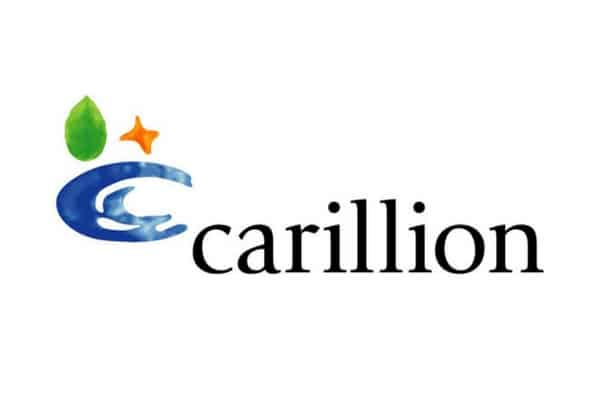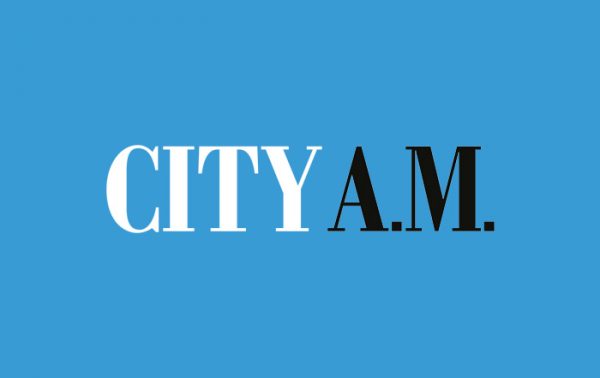Receivership
Administrative receivership, better known simply as receivership, is an insolvency procedure in which the owners of a floating charge give control of a company to a receiver in order to recoup their debts.
Receivership is frequently confused with other insolvency procedures, including administration and liquidation. Although receivership was fairly common decades ago, today it’s only used for businesses with securities issued prior to September of 2003.
If your company is struggling financially and could be at risk of receivership, contact us to talk to our business rescue team. You can also learn more about the receivership process, how it may happen and key differences between receivership and other insolvency procedures below.
What is Receivership?
Receivership is an insolvency procedure. A company may enter into receivership if the holder of a floating charge decides to appoint a receiver in order to take control over the company.
By law, receivership can only occur to companies with securities issued prior to September 15th of 2003. Under the Enterprise Act 2002, securities issued after this date may not involve the use of a receiver.
Most cases of receivership occur when a company defaults on a loan. Many businesses depend on bank loans to fund equipment and real estate purchases and to fuel business growth. To stay protected from the costs of a loan default, many banks will require a form of security.
This often takes the form of a debenture with a floating charge. If the company fails to make its loan payments or otherwise fails to comply with the terms of the loan agreement, the debenture holder may opt to appoint a receiver to take control of the company.
The receiver’s objective is to recover funds owed to the bank. They’ll typically choose the option that offers the best outcome for the company’s creditors. This may involve:
- Selling company assets to raise cash and pay creditors
- Removing employes and/or company directors
- Entering into a Company Voluntary Arrangement (CVA) with creditors
Not all loan defaults secured in this manner end in receivership. In many cases, a bank will opt to review its options via an Independent Bank Review (IBR) if a company has borrowed money and is displaying signs of insolvency.
Receivership: The Basics
- If your company is being threatened with receivership, it’s important to take action as quickly as possible. Your company may be able to avoid receivership by raising cash, negotiating directly with its creditors or proposing a CVA.
- Most companies that enter into receivership are liquidated, although some companies may exit from receivership after changes are made to the business.
- Before considering receivership, a bank may take other options, such as reducing its exposure, asking for increased security, proposing the addition of new capital by the company’s shareholders or requesting other information from the company.
- Your bank may investigate your company via an Independent Bank Review (IBR) if it believes your company is at risk of insolvency. This often happens if you fail to make debt repayments on time or have an overdraft that’s frequently near or at its limit.
Advantages of Receivership
Typically, entering into receivership isn’t a good thing for a company. Most companies that enter into receivership are liquidated in order to repay creditors, and the few that make it out will often be subject to significant cuts and changes as part of the receivership process.
However, receivership can also have certain advantages for a financially distressed or insolvent business:
- Although most companies that enter into receivership eventually enter liquidation, some may recover. An experienced, capable receiver may be able to turn around the company and facilitate a recovery, allowing you to potentially continue trading.
It’s worth noting that although receivership may in some cases facilitate a recovery, most companies that enter into and eventually exit from receivership have significant changes made to staffing, assets and other aspects of the business. - During receivership, it may be possible to raise cash via emergency financing to pay the company’s creditors and allow it to continue trading after the receivership concludes.
- Because the company is controlled by a receiver throughout the process, directors have a lower risk of facing charges for fraudulent or wrongful trading or other forms of director misconduct in the event that the company enters into liquidation.
Disadvantages of Receivership
Entering into receivership has significant disadvantages for most companies. These can range from the sale of some or all assets and the closure of the company in order to pay creditors to job losses for both directors and employees:
- Receivership typically marks the end of a business, as the majority of companies that enter into receivership are closed down (liquidated) and company assets sold to raise funds and pay creditors.
- If a business enters into and exits from receivership, it may be subject to significant cuts and changes. It’s common for employees to lose their jobs in the receivership process to reduce costs to the company.
- In addition to employees, company directors may lose their jobs. Directors that are also members or shareholders may receive little from the company’s assets, as creditors will typically receive their share of any liquidated assets first.
- During the receivership process, company assets may be sold to raise cash and pay the company’s creditors. Assets may be sold at or below market value, with any asset sales potentially affecting the company’s ability to continue trading in the future.
Is Your Business Under Threat of Receivership?
If your business has broken the terms of a loan agreement and is facing pressure from one or several of its creditors that could place it in receivership, it’s important to take action as quickly as possible.
Depending on your company’s financial situation and the legal action you are facing, you may be able to avoid receivership by proposing a Company Voluntary Arrangement (CVA), raising cash via emergency financing, or by using an alternative insolvency procedure.
Contact us now on 0161 8719 842 or by email to talk to our business recovery experts and learn more about the options that are available to your business.


